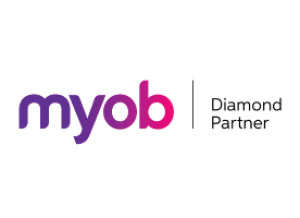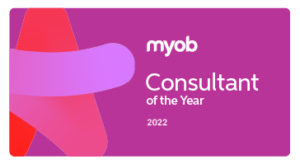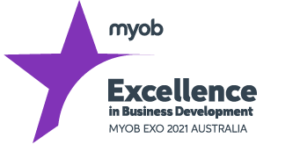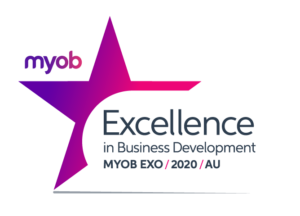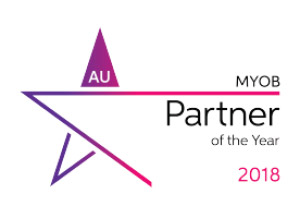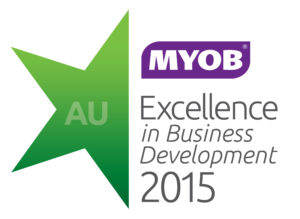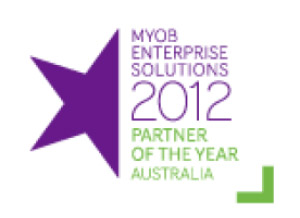The Real Costs of Manual Receivables
Manual accounts receivable processes increase costs through delays, errors and inefficiency, while automation improves cashflow and boosts productivity.Manual accounts receivable processes might seem manageable at first glance, especially when businesses are smaller or customer volumes are low. However, as soon as complexity or scale increases, these outdated methods quickly expose hidden costs that drag down profitability and growth. A manual accounts receivable process can be improved with the right technology solutions and clever business guidance.
What are the real costs of Manual Accounts Receivables?
The problem with the accounts receivables process is that it is straightforward when it works and murky when it does not. It can be difficult to tell how much an unpaid or delayed invoice can affect your business, especially during periods of growth and change.

ezyCollect The little book of AR eBook
Download nowSlower Cash Flow and Increased Working Capital Strain
Letting stock leave your warehouse with an unpaid invoice is effectively a line of credit. As a point of comparison, banks have a much more stringent process in place to evaluate new customers and ensure they get paid on time.
Manual follow-ups — such as sending individual reminder emails, tracking payments in spreadsheets, or relying on paper-based notes — often result in inconsistent collection efforts. Every day an invoice goes unpaid compounds your risk and restricts cashflow.
This leads to:
- Extended Days Sales Outstanding (DSO),
- Reduced working capital availability,
- Delays in reinvestment opportunities.
In real terms, a high DSO translates to cash being trapped in your debtor ledger — cash that could be used for hiring, paying suppliers, launching new projects, or servicing debt.
Labour Costs and Opportunity Cost of Skilled Staff
Manual AR is time-intensive. Finance teams spend valuable hours each week:
- Preparing and sending payment reminders,
- Reconciling bank statements and remittances,
- Logging disputes and correspondence,
- Following up via phone or email without clear prioritisation.
While these tasks are administrative in nature, they are often performed by skilled finance professionals. Your team’s time would be better spent on analysis, forecasting, or strategic planning – more impactful activities that can grow your organisation.
The opportunity cost of misallocated talent is rarely accounted for — but it is substantial and can quickly add up when late payments are a regularity.
Strained Customer Relationships
Inconsistent follow-ups, duplicate reminders, unclear statements, or a lack of payment options all contribute to friction between you and your customers. These symptoms are a manifestation of working with manual communication processes.
Businesses that do not offer self-service portals or easy digital payment methods often find customers delay payments simply because the process is inconvenient. Customers avoid paying invoices because of the steps and effort required.
Over time, this can result in:
- Increased dispute volumes
- Slower resolution times
- Lost customer loyalty, and
- Potential loss of customers
Higher Risk of Human Error
Manual entry and fragmented data across systems introduce a high risk of error. The higher the volume the higher the risk of these mistakes. Common problems resulting from manual errors include:
- Duplicate invoices,
- Misapplied payments,
- Incorrect balances reported to customers,
- Missed follow-ups due to lack of tracking,
- Time wasted on corrections, perpetuating the problem as you fall further behind.
These errors can escalate into disputes, late payments, and even lost customer trust. Over time, they can also damage your brand reputation — particularly if customers feel they are being chased unfairly or inaccurately. Time spent on correcting mistakes is worth double for your team – it is much better to get it right the first time.
Limited Visibility and Inadequate Reporting
Your visibility suffers when AR data is scattered across emails, handwritten notes, and disconnected systems. Finance leaders struggle to answer questions like:
- “Which customers are chronically late?”,
- “What is our projected cash flow for the next 30 days?”,
- “Where are our collection efforts being ignored?”,
- “What’s our exposure to high-risk debtors?”.
Without real-time reporting and analytics, you cannot manage what you cannot measure — and that puts you on the back foot in today’s data-driven business landscape. Not only are you missing the value of the invoice against your profit margin, but your team also wastes significant time digging through data to find answers to these questions.

ezyCollect 5 things you should be doing right now to reduce outstanding accounts receivable eBook
Download nowCompliance and Audit Risk
Poor record-keeping and lack of an audit trail are common side effects of manual processes. This creates compliance risks, especially for businesses operating across multiple jurisdictions or dealing with regulated clients.
In the event of a dispute, investigation, or audit, manual records are harder to consolidate and verify — which increases your exposure to financial and reputational penalties.
Does your AR process support you or hold you back?
Many businesses do not realise how manual their AR function is until they map it out.
| Stage | Description |
|---|---|
| Manual | Invoices sent via PDF/email, follow-ups done by phone or Outlook reminders |
| Semi-Automated | Emails and Excel reports used, but follow-up still mostly reactive |
| Integrated | ERP syncing with reminder tools or plug-ins, but not deeply embedded |
| Automated & Intelligent | Fully automated workflows, live dashboards, risk alerts, payment portals — like ezyCollect |
Using AR technology to improve efficiency
With an all-in-one accounts receivable platform like ezyCollect, you can lower the costs of your accounts receivable. ezyCollect is an integrated software tool that automates the collection process and makes it easier for your customers to pay on time. It improves productivity and customer relationships by streamlining the entire order-to-cash cycle. Safeguard your business from cash flow interruptions as you scale your operations. Reach out to us if you are interested in making your debt collection more efficient, establishing trust with clients, unlocking trapped cash and taking advantage of sales opportunities.
Kilimanjaro Consulting are the experts at integrating third-party solutions like ezyCollect into your MYOB ERP to improve efficiency. To start a conversation about how to use ezyCollect to optimise cashflow and accounts receivable across your organisation, email sales@kilimanjaro-consulting.com, call 1300 857 464 (AU) or 0800 436 774 (NZ).

